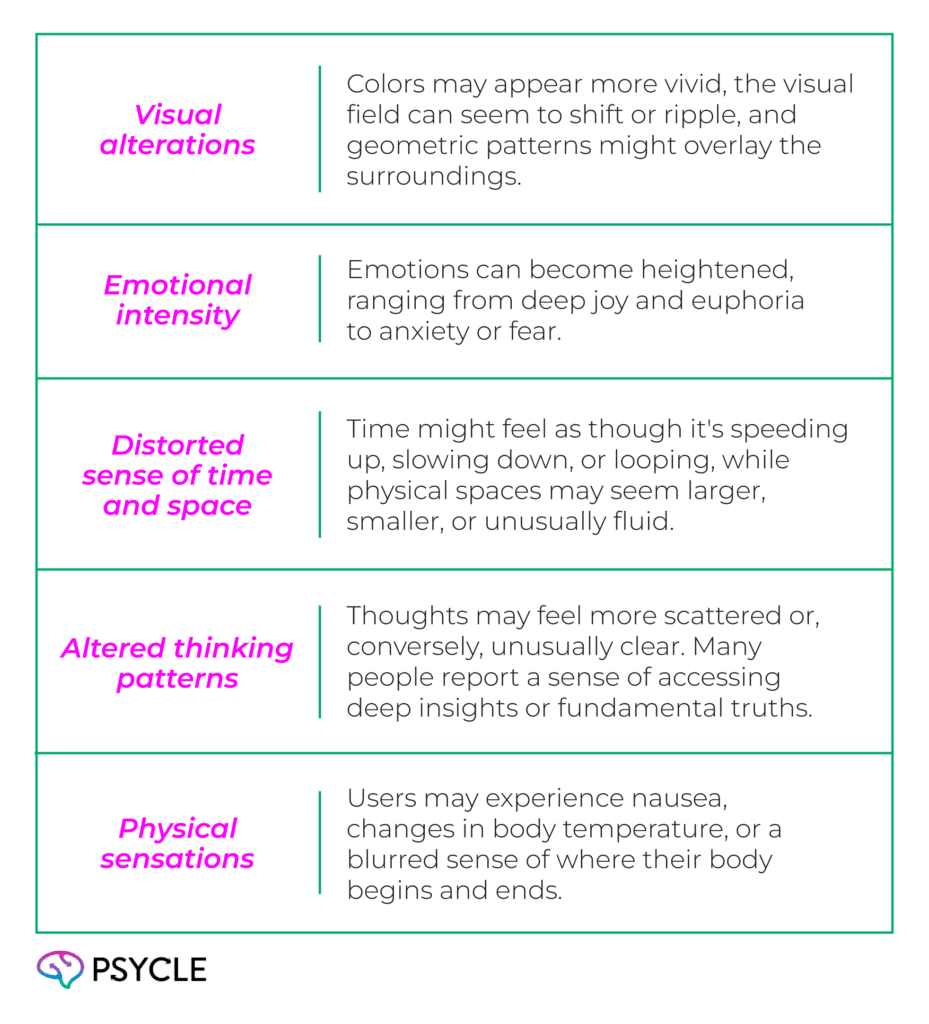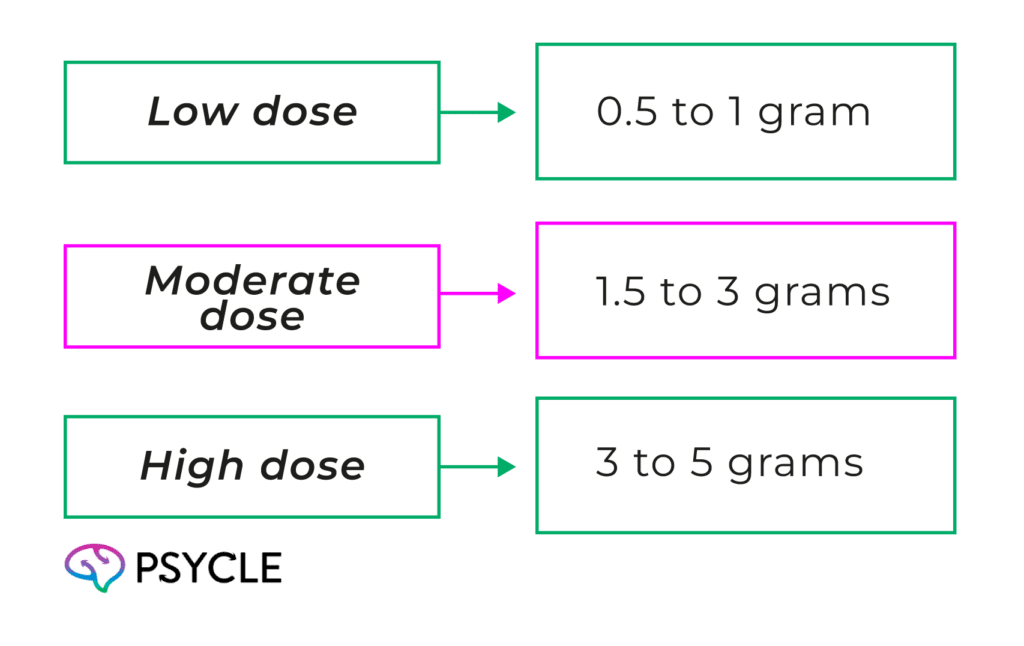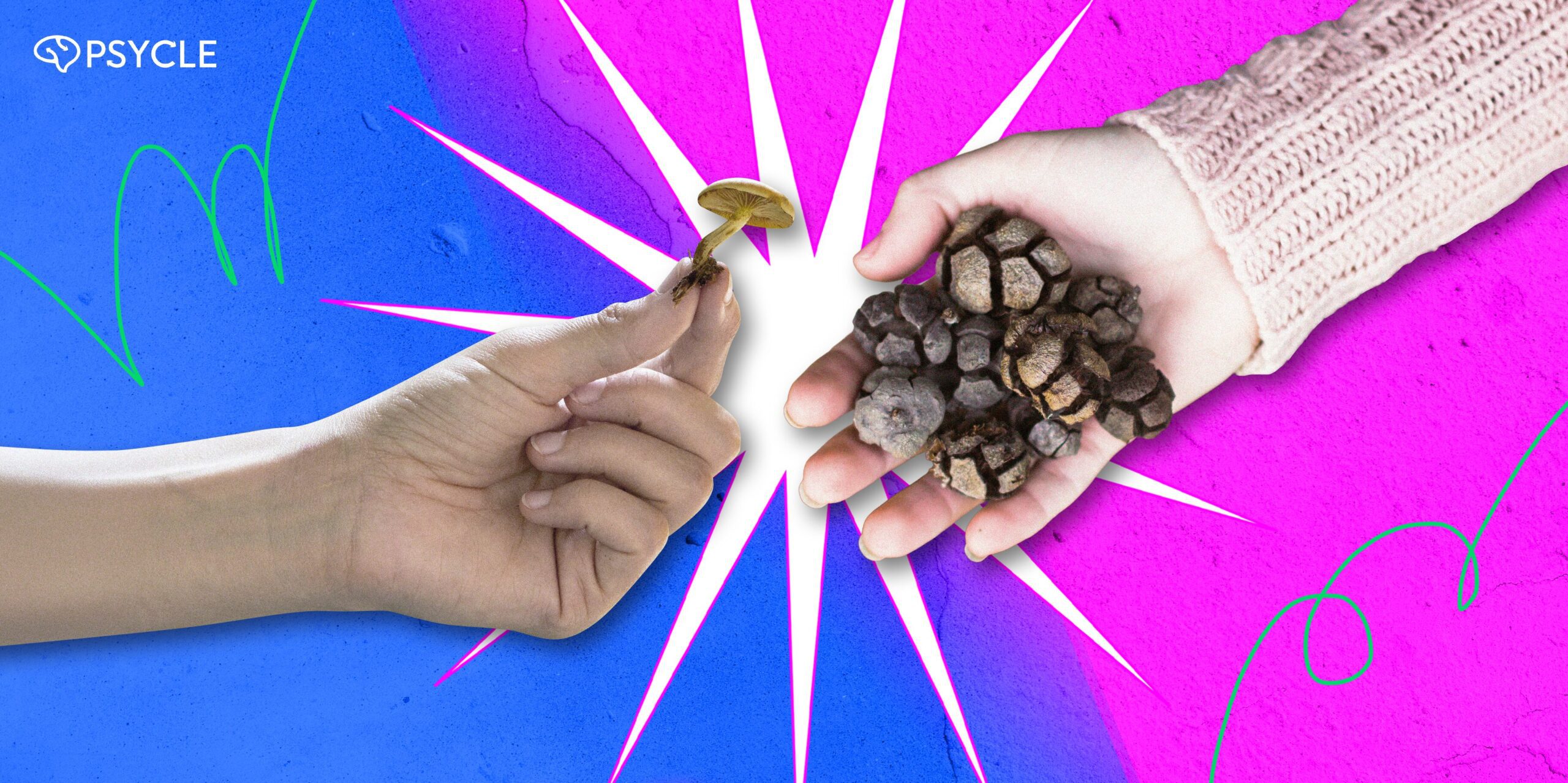Magic mushrooms and magic truffles are two forms of psychedelic fungi that contain psilocybin, a compound known for its powerful effects on consciousness, perception, and emotion. While they originate from the same organism, there are some key differences in their legal status and potential effects.
In this article, we’ll break down the core distinctions between magic mushrooms and truffles.
Key Takeaways
- Magic mushrooms and magic truffles come from the same fungal species and contain the same active compounds—psilocybin and psilocin.
- Magic truffles are legal in the Netherlands but are illegal in most other countries, including the United States.
- Truffles are typically sold fresh, while mushrooms are often dried and have a longer shelf life.
- Both produce similar psychedelic effects, though truffles are often said to feel milder due to species and water content.
- Harm reduction is essential—always research, start with a low dose, and prioritize safety.
What Are Magic Mushrooms?
Magic mushrooms refer to various species of fungi that contain the psychedelic compounds psilocybin and psilocin. When consumed, psilocybin is converted into psilocin in the body, which then enters the bloodstream and reaches the brain. This interaction results in altered states of consciousness, commonly experienced as shifts in perception of vision, time, space, and thought.
What we typically call a mushroom is actually the fruiting body of a fungus. Hidden beneath the surface lies a complex underground network called mycelium, which serves as the main body of the organism. The fruiting body—the part that emerges above ground—includes the stem and cap, with spores located on the underside of the cap, ready to disperse and propagate the mushroom.
There are many mushroom strains, each with different concentrations of psilocybin and psilocin. Some grow naturally, whereas others have been cultivated to have certain potencies and appearances.
Some of the most well-known magic mushroom species are:
- Psilocybe cubensis
- Psilocybe azurescens (flying saucer mushrooms)
- Psilocybe cyanescens (wavy cap mushrooms)
What Are Magic Truffles?
Magic truffles, also known as sclerotia, are the underground nutrient stores of certain psychedelic fungi. Unlike the fruiting bodies (mushrooms) that grow above ground, truffles form below the surface as dense, compact masses of mycelium. They contain the same psychoactive compounds as magic mushrooms and produce similar mind-altering effects.
Though they look different from mushrooms, magic truffles are essentially part of the same organism and offer a comparable psychedelic experience. However, some people say there are subtle differences in their effects.
Some of the most well-known magic truffle species are:
- Psilocybe Tampelandia (High Hawaains)
- Psilocybe Pajateros (Dragon’s Dynamite)
- Psilocybe tampanesis (Philosopher’s Stone)
Effects of Magic Mushrooms vs Magic Truffles
Both magic mushrooms and magic truffles bring about classical psychedelic effects. These include:

Some anecdotal reports suggest that truffles are milder and have less pronounced hallucinogenic effects than mushrooms. However, any differences are likely due to variations in the amounts of psilocybin and psilocin present in the particular species consumed. Magic mushrooms are chemically identical to magic truffles.
That said, particular species are more commonly consumed as mushrooms or truffles, and these species naturally contain different amounts of the active psychedelic compounds.
Onset and Duration of Magic Truffle vs Mushroom Trips
Both magic mushrooms and magic truffles typically take 20 to 60 minutes to start working, though for some people, it can take up to two hours. Several factors influence how quickly the effects begin, including:
- Individual metabolism: how fast your body processes substances
- Food intake: whether you’ve eaten recently and how much
- Other substances: recent use of other psychoactive drugs
- Method of consumption: for example, making tea with mushrooms or truffles often leads to a faster onset
A typical trip lasts 4 to 6 hours, with the peak effects usually occurring around the second or third hour. After that, the intensity gradually fades, and most people feel back to normal by the end of the sixth hour.
Psilocybin Dosage: Magic Truffles vs Magic Mushrooms
For dried mushrooms, general dosing guidelines are:

However, you’ll need to consider the potency of the mushroom species that you’re consuming. You can use a mushroom dosage calculator to help, but be aware that these aren’t always accurate. Moreover, since magic mushrooms are generally illegal, you may be less likely to know the particular strain, or be sold something inaccurately.
Not all magic mushrooms come dried. For fresh mushrooms, a rule of thumb is to multiply the dosage recommendation by ten.
Truffles are typically sold fresh and so contain more water than dried magic mushrooms. A typical moderate dose is between 7 and 15 grams. However, guidelines will vary depending on the particular species. Most magic truffle kits will have dosage recommendations on the packaging label.
Legal Status: Are Magic Mushrooms or Truffles Legal?
Psilocybin and psilocin are classified as Schedule I substances in many parts of the world, including the United States, the United Kingdom, and most of Europe. This classification means it is considered to have a high potential for abuse and no accepted medical use under the law. However, there are some exceptions where psilocybin can be used medically as an isolated compound.
Some countries also have more relaxed attitudes towards psilocybin use, either not enforcing strict laws or not explicitly listing psilocybin as illegal. This includes Jamaica, Brazil, and Nepal.
In the Netherlands, psilocybin and magic mushrooms are illegal. However, magic truffles can be legally sold and purchased to people over 18. Only licensed retailers can sell truffles, and they must be sold as fresh products. Magic truffles are typically purchased in specialized shops and come in unique packaging that includes dosage guidelines and information on what to expect.
Storage, Shelf Life, and Availability
Dried mushrooms last longer than fresh truffles. You can store mushrooms for months in airtight containers in a cool, dark, and dry place. Truffles, however, should be stored in the fridge. They spoil more quickly due to their high water content and must be used within a few weeks. Some companies vacuum-seal truffles to keep them fresh longer.
Final Comparison: Should You Choose Truffles or Mushrooms?
Choosing between magic mushrooms and magic truffles depends on several factors, including legal access, potency preference, and personal comfort. In regions like the Netherlands, truffles are legally sold, quality-controlled, and come with dosage guidance, making them more accessible and safer for first-time users. In contrast, mushrooms may be more potent per gram but are generally illegal and unregulated in most parts of the world.
Regardless of what you choose, psilocybin is a powerful substance and should be approached with care. Following harm reduction practices, such as starting with a low dose, having a trusted sitter, being in a safe environment, and avoiding mixing with other substances, is crucial for a positive and safe experience.
FAQs
Are Magic Mushrooms and Magic Truffles the Same Species?
Magic mushrooms and magic truffles can come from the same species of psychedelic fungi. However, you’re more likely to find some species in the form of magic mushrooms and some in the form of magic truffles, based on popular preference.
Can I Buy Magic Truffles Legally in the U.S.?
No, magic truffles are not legal in the United States. Psilocybin—the active compound in both mushrooms and truffles—is classified as a Schedule I controlled substance under federal law, meaning it’s illegal to possess, sell, or consume. Some U.S. cities and states have started to decriminalize psilocybin use, but truffles are still not legally available for purchase.

